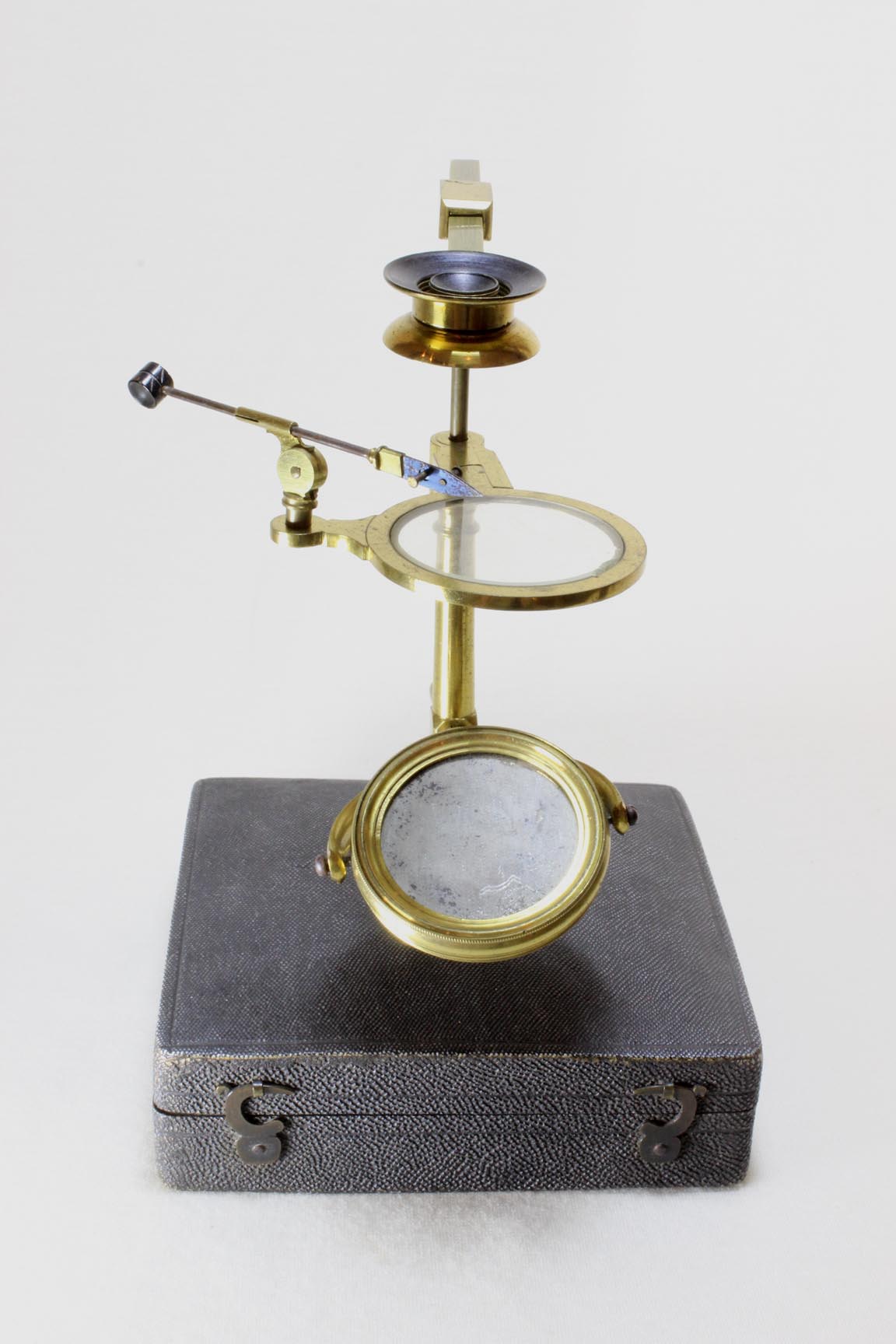John Ellis was fond of Zoophytes. Why did he consider Halimeda spp., calcifying green algae to be animals? This deserves some investigation. John Ellis deserves to be taken seriously, especially on account of the "Ellis-type microscope" that bears his name. I large number , and that was imcredibly important to many early zoologists. The fact that these are often referred to as Botanical Microscopes doesn't matter: Ellis was a Zoophytologist. I, too, am fond of Zoophytes, such as Corals and Sea Anemones; we, of course, now understand the nature of these creatures, and we call them Holobionts--Organisms involved in obligate symbiotic relationships. Many species of corals, as we now are aware, are unable to survive apart from their symbiotic partners, often referred to, in fact, as Zooxanthellae. Zooxanthellae are Dinoflagellates; Dinoflagellates, at least some of them, employ subsidiary pigments, Xanthophylls, in their photosynthetic machinery, partners to Chlorophyll.
Ellis, as I have recently learned, described and named Halimeda spp. as Corallina---for example C. opuntia, a species of plant I know well. Wikimedia presents a copy of a plate from Ellis and Solander's publication in which Corallina spp. are described:
 |
From Ellis and Solander ...
|
The Ellis-Type Aquatic Microscope
 |
| Image from https://microscope-antiques.com/ellis.html |
|
|


Comments
Post a Comment